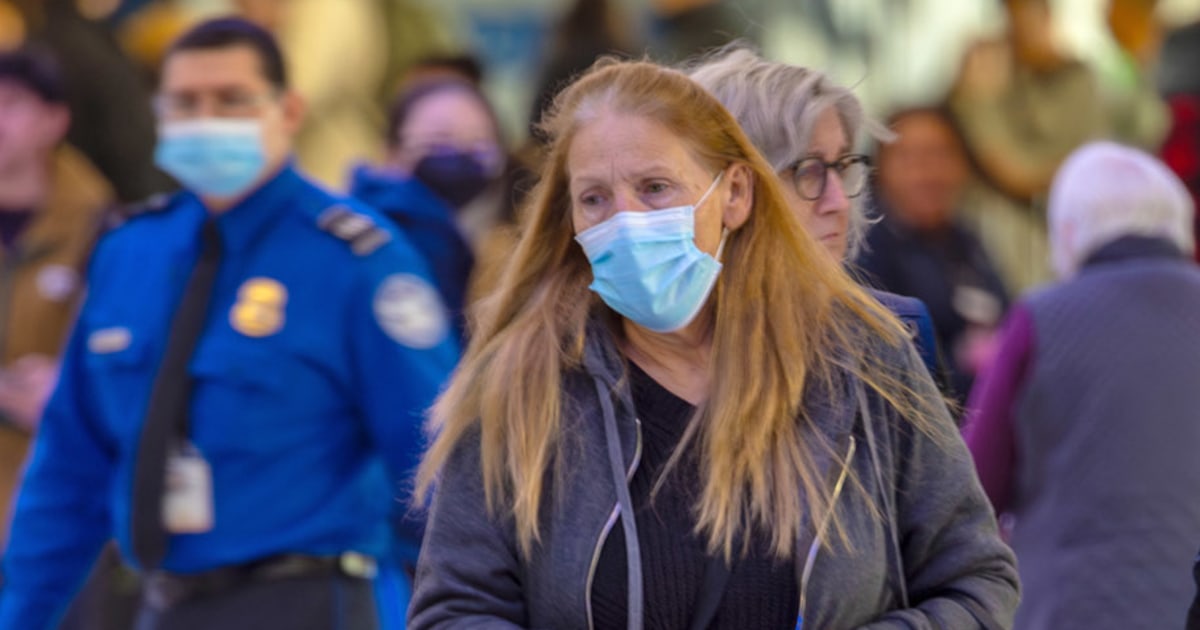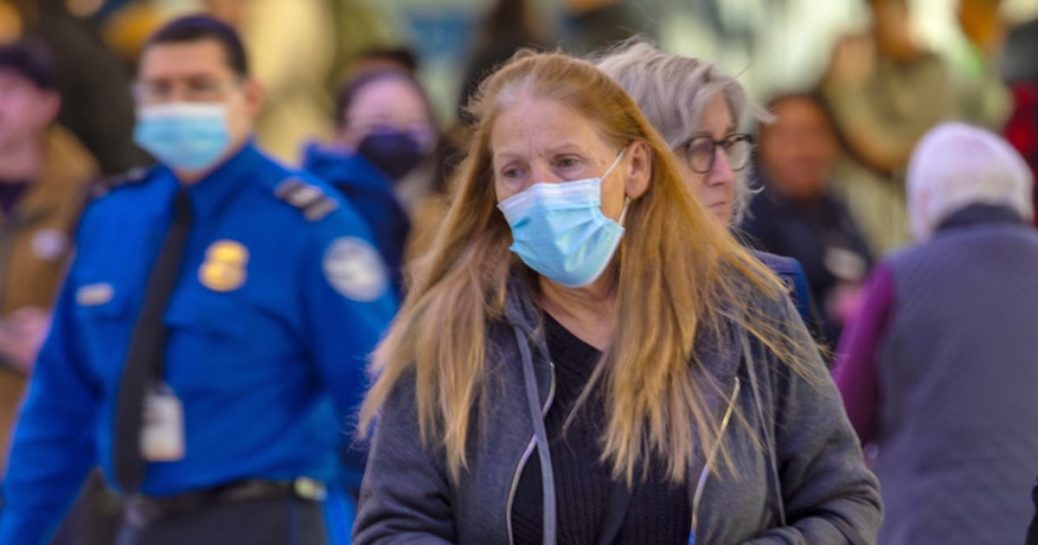
In California, a person who tests positive for Covid and has no symptoms does not need to isolate, according to new state health guidelines. People who test positive and have mild symptoms, meanwhile, can end isolation once their symptoms improve and they’ve been fever-free for 24 hours without medication — even if that point arrives in less than five days.
The California Department of Public Health updated the policies earlier this month.
“We are now at a different point in time with reduced impacts from COVID-19 compared to prior years due to broad immunity from vaccination and/or natural infection, and readily available treatments available for infected people,” the department said in a news release.
“Our policies and priorities for intervention are now focused on protecting those most at risk for serious illness, while reducing social disruption that is disproportionate to recommendations for prevention of other endemic respiratory viral infections,” it added.
The state’s guidance differs from that of the Centers for Disease Control and Prevention, which continues to advise people with Covid to stay home for at least five days, regardless of whether they have symptoms.
If symptoms haven’t improved after five days, people should keep isolating until they feel better and have been fever-free for 24 hours, according to the CDC. Many state health departments direct residents to follow the CDC or base their recommendations on the agency’s, which have not changed since August 2022.
California isn’t the first state to deviate from the CDC. Since May, the Oregon Health Authority has similarly said that people with Covid don’t need to isolate for a set number of days, but should stay home if they have a fever and avoid contact with high-risk people for 10 days.
California’s policy still asks everyone to wear masks indoors around others for 10 days after their first day of symptoms or positive test, as do Oregon’s guidelines.
Several public health experts said the policies balance what scientists know about Covid transmission with people’s growing fatigue of Covid safety measures.
“We have to develop effective, safe ways to live with Covid-19 but not let Covid-19 hijack our life or work anymore,” said Chunhuei Chi, a professor of health management and policy at Oregon State University.
“What California and Oregon are doing is not just based on evidence, but they have to consider practicality. What is feasible?” he added.
Even before the policy change, many people in California weren’t testing for Covid — or, if they did test positive, were returning to school or work once they felt better, said Dr. Peter Chin-Hong, an infectious disease expert at the University of California, San Francisco.
“A lot of people are not diagnosing the sniffles anymore,” he said.
Dr. Amesh Adalja, a senior scholar at the Johns Hopkins University Center for Health Security, said California’s new recommendations are not surprising.
“Over time, it’s always been kind of assumed that Covid-19 guidance would collapse into the same type of guidance that we use for other respiratory viruses like influenza,” he said.
But some other public health experts worry that California’s policy could increase Covid transmission.
Saskia Popescu, an assistant professor of epidemiology and public health at the University of Maryland School of Medicine, said the change “almost feels like an overcorrection” to California’s historically conservative approach to the virus.
The message that “if you don’t have symptoms, you’re not really risky to those around you,” she said, is “not only counter to what the science says, but it’s also very dismissive of the fact that this person does have an infectious disease.”
How infectious is someone without Covid symptoms?
Asymptomatic people can spread Covid, but scientists think the risk might be lower than those with symptoms. Chi said it’s hard to know how infectious asymptomatic people are, since research on the subject has declined since 2022.
Built-up immunity from vaccines and infections might also limit people’s ability to transmit Covid, regardless of symptoms, according to Adalja.
“Right now, even people who are symptomatic might test negative because there’s so much immunity that’s keeping the viral load below a contagious level,” he said.
Still, a positive rapid test is usually a good indicator that you can spread the virus, he added.
Given that some past research has shown people can transmit Covid before and after they have symptoms, Popescu said it doesn’t make sense to lump Covid isolation guidelines with those for other respiratory viruses.
“We really just don’t see asymptomatic cases of influenza and RSV. If you’ve got it, you know it. You feel like you got hit by a bus. Covid is different in that regard,” Popescu said.
The new guidance could have a ripple effect
Other states may follow California and Oregon’s example.
Jonathan Modie, the lead communications officer for the Oregon Health Authority, said state health officials have discussed its isolation policy in calls with representatives from six other states and the CDC. In addition, California reached out “as they began contemplating a change in their guidance, and we met with them separately,” he said.
Thus far, Oregon’s policy has not led to a disproportionate increase in transmission or severe disease, Modie added.
He said that telling people to isolate “was doing almost nothing to halt transmission,” and that “isolation was placing a significant burden on the workforce and schoolchildren.”
Some public health experts think the CDC might revise its recommendations eventually, while others expect no change.
“While Covid-19 remains a concern we are seeing fewer hospitalizations and Covid-related deaths as compared to last year — likely a result of widespread vaccination and prior infection,” a CDC spokesperson said in an email. “CDC will continue to evaluate the latest data as it considers its recommendations.”









Recent Comments